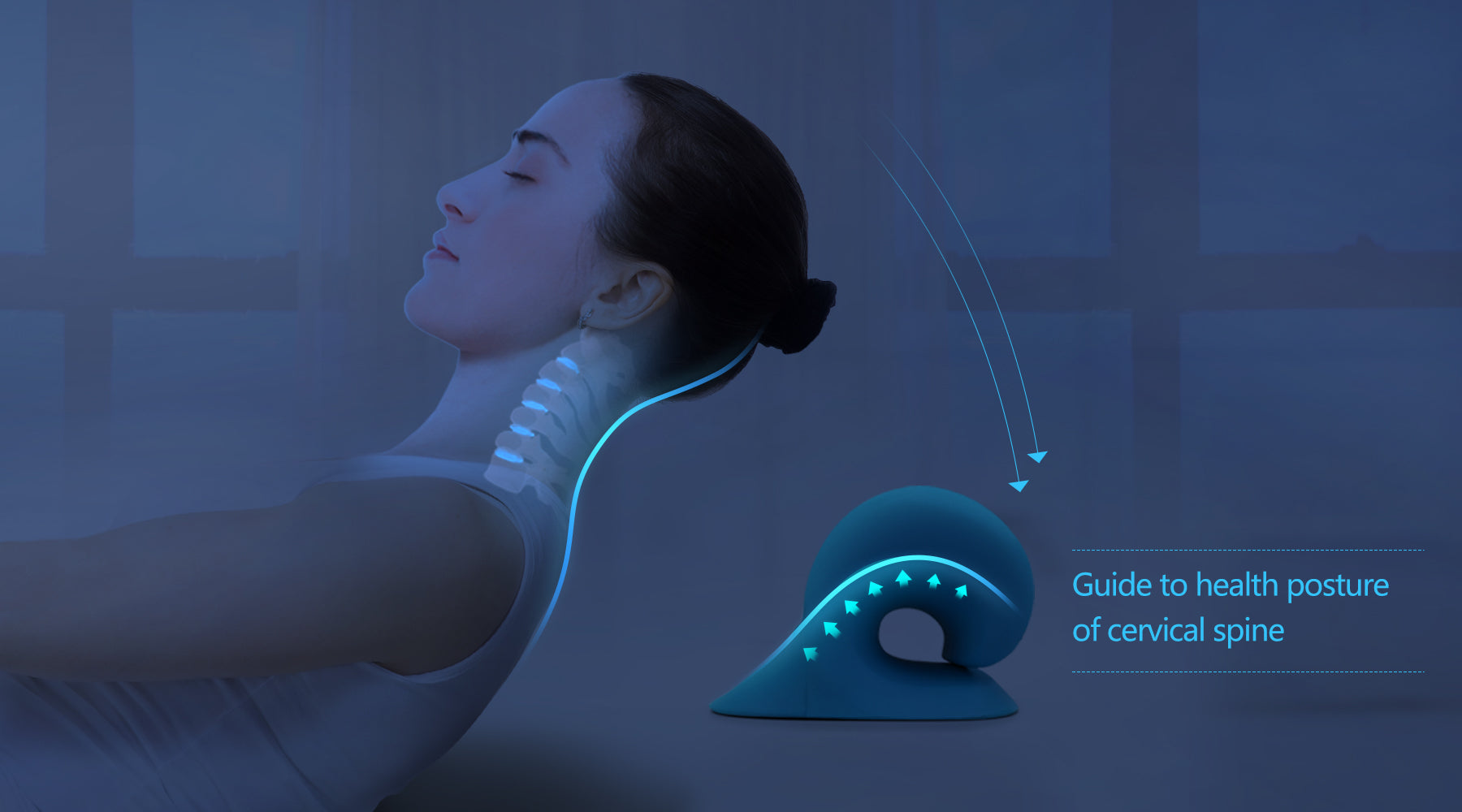Neck Pain in the Office: Identifying Danger Variables and Executing Ergonomic Solutions
Neck discomfort in the workplace is a common concern that can influence employee wellness and performance. By understanding the different danger variables adding to neck discomfort and applying ergonomic solutions, organizations can produce an extra helpful work environment. Recognizing these variables is critical in establishing targeted techniques to reduce pain and protect against future injuries. Addressing ergonomic concerns not just improves staff member health and wellness yet additionally advertises total job fulfillment and efficiency.
Usual Sources Of Neck Pain
Neck pain in the workplace is a prevalent concern that can be attributed to several typical causes. Among the key wrongdoers is inadequate pose, which commonly results from prolonged periods of resting improperly at a desk or workstation. This can lead to stress on the neck muscle mass and joints, triggering discomfort and discomfort. Furthermore, repetitive activities such as constant bending, twisting, or getting to can also add to neck discomfort in time. Stressing the neck by holding it in an unpleasant setting for extended durations, like cradling the phone in between the ear and shoulder, can worsen the issue (neck cloud).

Ergonomic Threat Elements
Poor ergonomics in the work environment can significantly add to neck pain among staff members. Elements such as inappropriate desk elevation, poor chair support, and unpleasant positioning of computer screens can all play a duty in the advancement of neck pain. When employees are required to rest for extended periods in placements that stress their neck muscles, it can cause stiffness, soreness, and a lot more serious musculoskeletal concerns over time.
Additionally, bad ergonomic techniques can result in workers embracing unpleasant postures while working, such as craning their necks to see a computer screen or reaching uncomfortably for a computer mouse or key-board. neck cloud. These recurring movements and unnatural positions can place excessive tension on the neck and surrounding muscle mass, causing discomfort and lowered performance

Workdesk Setup Recommendations
To decrease the danger of neck pain and discomfort, there are numerous workdesk configuration recommendations that employees should take into consideration. Make certain that the computer system screen is positioned at eye degree to stop straining the neck by looking up or down.
It is also vital to have ample illumination to decrease eye strain, as scrunching up your eyes or leaning ahead can lead to neck stress. Organize the desk format to keep frequently made use of products within arm's reach, limiting the demand for repeated Extra resources twisting or getting to motions. By executing these desk arrangement suggestions, employees can produce an extra ergonomic office that supports neck wellness and minimizes the risk of developing work-related neck discomfort.
Stretching and Workout Tips
Straightforward desk-friendly stretches can help minimize neck discomfort and prevent stiffness. Neck rolls, shoulder shrugs, and mild side-to-side neck stretches are reliable in relieving tension.
Establishing suggestions or making use of applications that motivate motion can assist establish a routine stretching routine. By focusing on these tasks, you can boost your physical wellness, minimize the danger of neck pain, and enhance your overall performance in the work environment.
Value of Routine Breaks
In a hectic workplace where needs can add to physical stress like neck pain, developing a regimen that highlights the significance of regular breaks is extremely important (neck cloud). Taking normal breaks throughout the workday is vital for avoiding and reducing neck discomfort. Prolonged durations of resting or repetitive jobs can cause muscle mass stress and tightness in the neck and shoulders. By incorporating time-outs into the work regular, employees can lower the danger of developing neck discomfort and improve total comfort and productivity.
Regular breaks enable employees to relax their muscle mass, stretch, and change settings, stopping tightness and advertising much better blood circulation. Encouraging staff members to take brief breaks every 30-60 mins can help in reducing the accumulation of tension in the neck and shoulders. These breaks can likewise work as a chance for staff members to practice relaxation strategies or mild neck stretches, even more advertising bone and joint health. Executing a society that values and focuses on regular breaks can have a considerable effect on reducing neck pain and enhancing general health in the office.
Final Thought
To conclude, resolving ergonomic threat variables and applying correct workstation arrangements are essential in reducing neck pain in the office. By advertising excellent pose, supplying appropriate assistance, and encouraging regular breaks and stretches, organizations can develop a much healthier and a lot more efficient workplace for employees. Focusing on staff member Visit Your URL wellness with ergonomic solutions is key to preventing pain and enhancing general workplace complete satisfaction.
Neck discomfort in the office is click here to read a common issue that can affect staff member wellness and productivity. By recognizing and attending to these typical causes of neck discomfort in the work environment, companies can take positive steps to develop a much more comfortable and ergonomic work setting for their workers.
Poor ergonomics in the office can substantially contribute to neck discomfort among staff members. By executing these workdesk configuration recommendations, workers can create an extra ergonomic work area that sustains neck health and lowers the risk of creating work-related neck discomfort.
Neck rolls, shoulder shrugs, and gentle side-to-side neck stretches are reliable in eliminating tension.